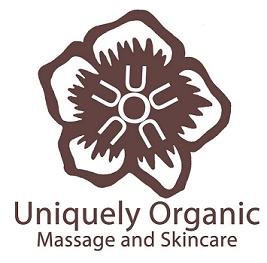
Chakra is a Sanskrit word meaning 'wheel' or 'turning' and is used to describe the energy centres within the etheric body (aura). We have seven main chakras and many other smaller ones each connected to an individual sound, light and colour. Chakras allow us to absorb and transmit energy into and out of our environment and the people and objects within it. This is why the mood of others can affect us so greatly and why we often feel drained or tired after being around highly-energetic equipment such as computers. They are connected to our physical, emotional, mental and spiritual planes.
For the body to heal and be in full health, our chakras must be balanced and in alignment. When a chakra is fully functioning, we describe it as being 'open' rather than 'underactive' or 'overactive'. Learning how to bring awareness to our chakra system and how to re-balance ourselves, allows us to have more control over our health and live life abundantly.
Over the next seven months, we will be exploring each chakra in detail and suggesting ways to bring balance and harmony to that particular chakra. Once you gain this understanding, it will give you endless insights into the way our environment and the people in it interact and influence one another.
So make sure you don't miss May's blog post where we will be exploring the first chakra, the Root chakra (Muladhara).
'What lies behind us and what lies before us are tiny matters compared to what lies within us.'
Ralph Waldo Emerson





